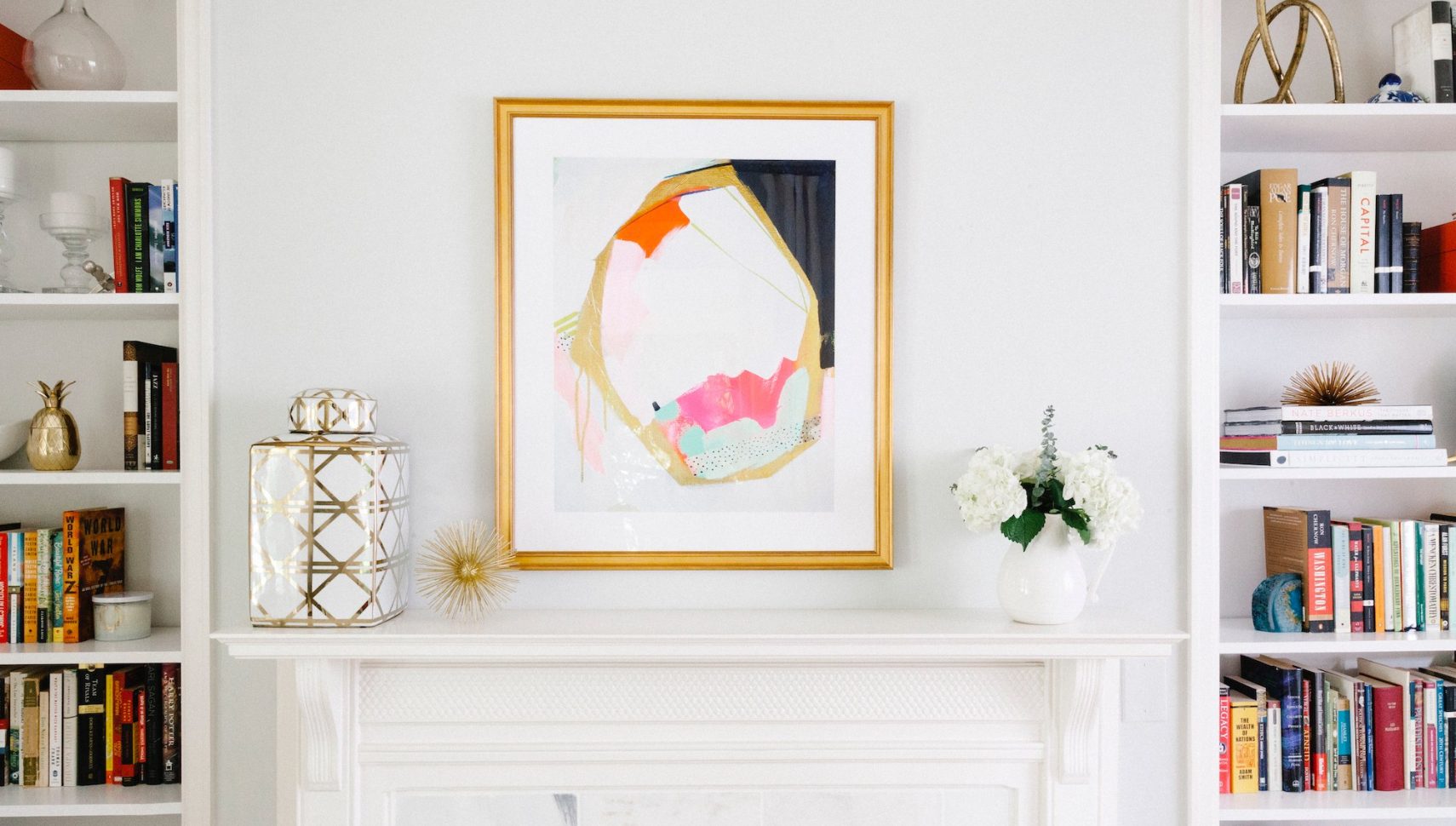When it comes to interior design, the smallest touches can reap the biggest rewards.
Cherished items like the sculpture that you brought back from a trip or your favorite photographs, thoughtfully framed, are the kind of personal details that not only add polish to your home but also elevate it from “almost done” to “all your own.”
“These are items that make a home yours,” says Havenly interior designer Dani Mulhearn. “They showcase your personality, your style and the things you truly love in life.”
And, there’s this bonus: The details that tie a space together happen to be things that you can change in the blink of an eye. “They don’t need to stay the same over a month or year, much less a lifetime,” Dani says.
We asked Dani, who has completed more than 1,700 designs for Havenly clients since May 2018, to share five simple steps anyone can take to incorporate details that provide the most visual bang for your buck (she threw in a sixth because, like so many interior designers, she’s generous with her ideas).
Area rugs anchor a space and give it a sense of cohesion. They visually separate areas that serve different purposes, and they just feel good underfoot.
“You can never have too many rugs,” says Dani.
By layering rugs of different colors, patterns and materials, you can create a unique, dimensional and certifiably cozy look from the ground up. Think of how a patterned rug on top of a neutral jute rug adds texture and character to a space, or how a faux zebra hide layered over a sisal rug provides just the right touch of drama to a room.
Just keep this in mind: Make sure your rugs are the right size (follow these easy guidelines). “Nothing can make a home feel less finished than the wrong-sized rug,” Dani says.

Creating an inviting pillowscape on a sofa, bed or bench is a low-cost, high-impact design play – and throw pillows are a cinch to move, retire or replace when you’re ready to try something new.
The key to incorporating throw pillows in your design is mixing different pillow sizes, styles, shapes, colors, patterns and textures to give your room a relaxed, eclectic look, says Dani: “Don’t aim for symmetry. Aim for balance.”
When you start to group your pillow collection on your sofa or bed, let common sense prevail: biggest pillows in back, smaller pillows in front, one pillow in a unique shape – like a lumbar pillow or boudoir pillow – in the mix for a visual exclamation point.
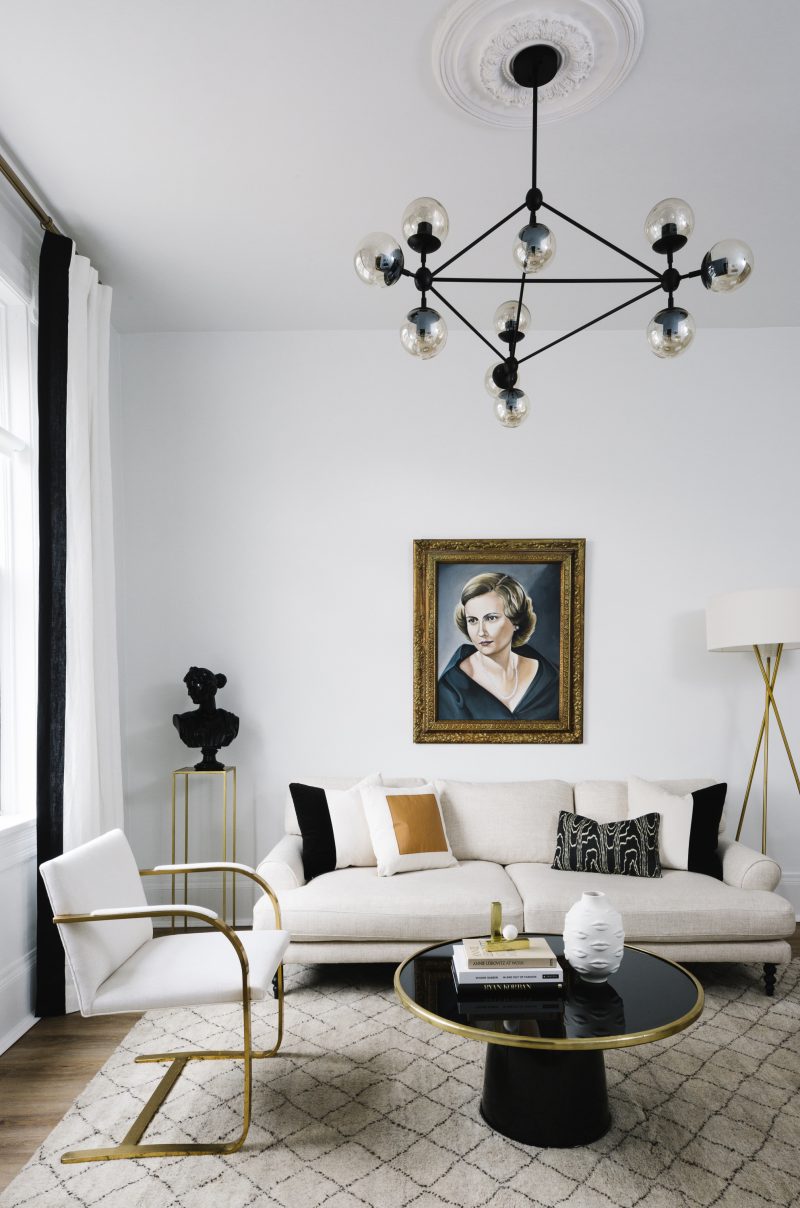
Small sculptures are great conversational icebreakers, particularly when they have a story to tell. Maybe you inherited that classical bust from your grandparents or found that couldn’t-resist-it contemporary piece on a recent trip.
“That will certainly be a wise investment,” Dani says, “to remind you of your favorite places and travels every day.”
In terms of styling, give some thought to your vignettes so they don’t look like a random jumble. Dani’s rule of thumb: “Something vertical, something horizontal and something sculptural.”

Like statues and sculptures, the best works of art for your home are those that are personal because they’re the most meaningful: a child’s drawing, an oil painting of your beloved great aunt when she was just a girl, an amazing thrift shop find from your very first apartment.
The more the merrier. “Mix artwork with personal photos for a fantastic, meaningful gallery wall,” Dani says.
Easier approach: installing a picture ledge that allows you to layer your art finds over time. “Plus, a ledge is easier to rearrange than a typical gallery wall.”
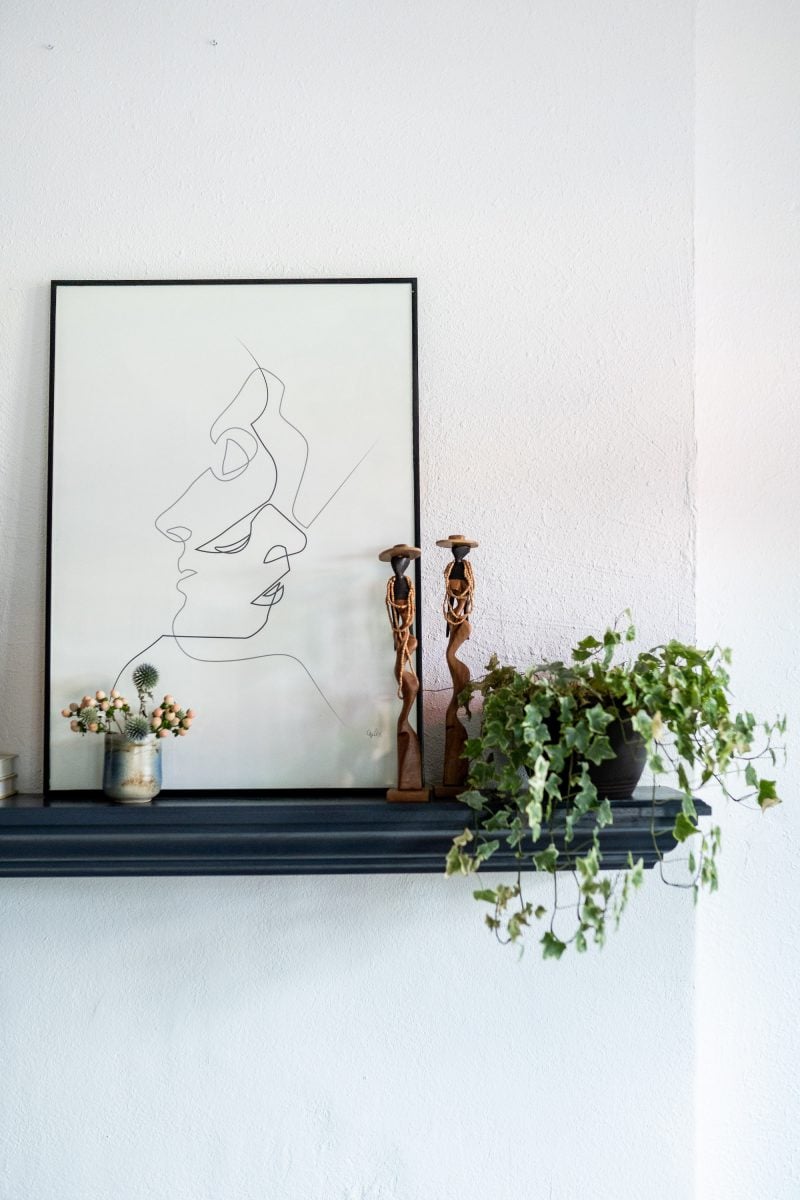
Even when your room receives plenty of light from windows or overhead fixtures, adding floor lamps, table lamps or wall sconces can have major impact by setting a dramatic mood.
Additional light sources are often overlooked when updating a room, says Dani, but lamps are multifunctional piece that pull more than their own weight.
“Some fixtures also serve as sculptural pieces and/or artwork in the room – making them both functional and beautiful,” Dani says.
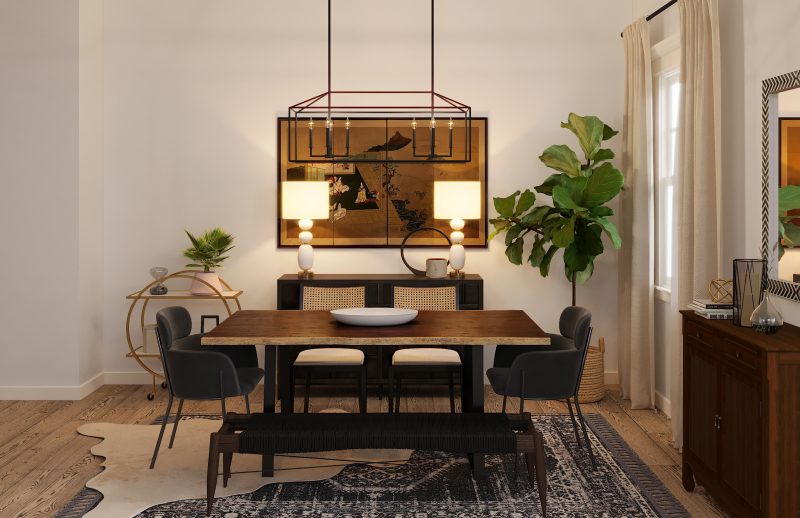
Indoor plants help warm up a space and make it feel welcoming and alive – whether they’re real or artificial. Dani particularly loves the friendly faux potted fiddle leaf tree above.
“Plants or flowers can make a huge difference in the overall scheme, giving the space a much-needed ‘breath of fresh air’ – literally,” she says.
One last word of design advice: Don’t hesitate to ask an interior designer to help you nail the details of your space. They’re trained professionals with a broad knowledge of design principles, styles, products and vendors.
“A lot of times, people can’t necessarily put their finger on what’s missing, and more often than not, family members and roommates will have conflicting views,” Dani says.
A designer can serve as a mediator, she adds: “Most of our jobs include a bit of ‘couples therapy’ every now and again to make sure everyone involved in decision-making loves the end result.”
Right down to the smallest detail.
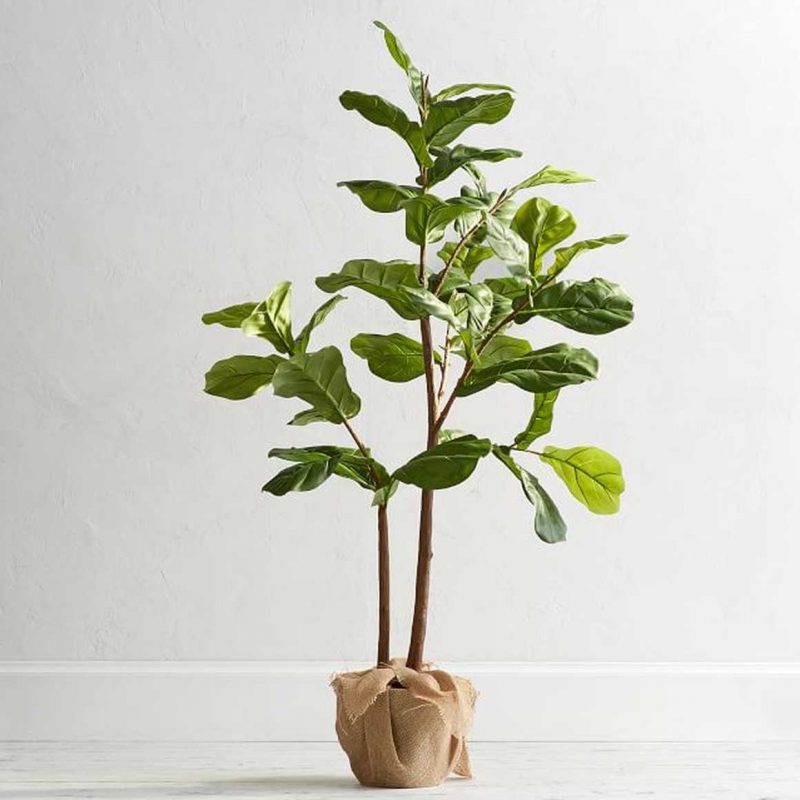
Get started on your design project today. Take Havenly’s style quiz and we’ll connect you with an interior designer who speaks your style language.

